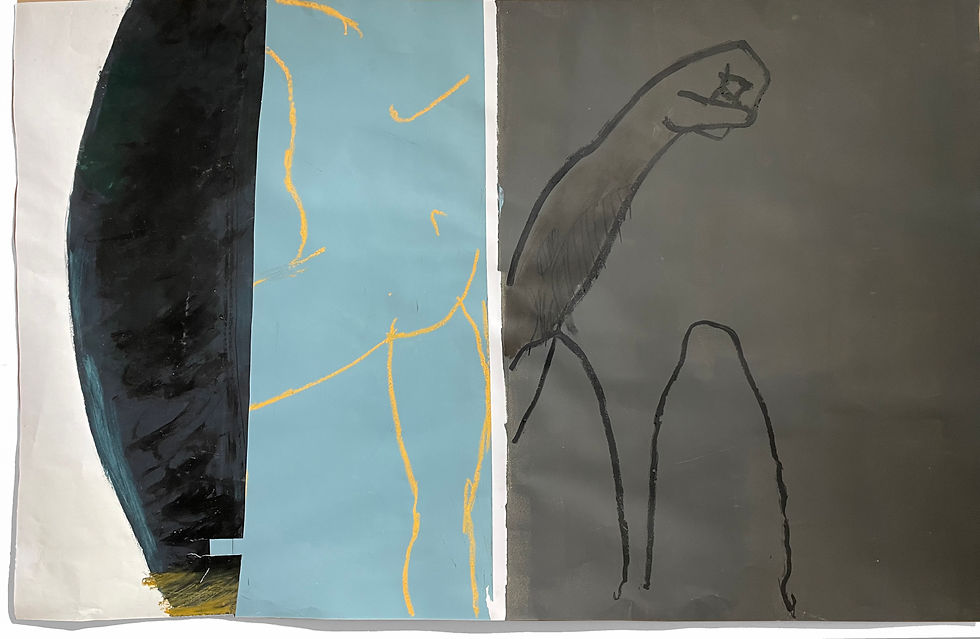WES JONES
SOME CURRENT WORK
December 9 – January 30th, 2023




Jones Is known primarily as an architect, though he has also taught for most of his career and made art since even before everything else (his mom claims his first word was “pretty,” uttered while being shown flowers in the back yard). He grew up in Southern California but went to college back east, where he first trained as a soldier, and then as an architect, graduating with a professional degree from a fancy school out there and then going to work for the most famous New York architect not to win a Pritzker. After working on that architect’s break out building he moved to San Francisco to become design partner at a young office there, which went on to win a bunch of awards. He finally came back down to live and work in Los Angeles in the late ‘90s, where he’s been ever since.
He thinks of himself as a maker, and art as one venue for that activity. So everything is fair game for his craft—not only buildings and art, but also furniture and other household objects as well as the accoutrements that adorn the buildings he designs, like sunshading mechanisms and jukebox storage devices. He once designed a spaceship for George Lucas while in residence as a Fellow at the American Academy in Rome. It looks a lot like some of those in Avatar thirty years later. Coincidence?
When Jones was a graduate architecture student back east he played a drinking game with a classmate who had been an art history major. It was called the art game. The game started with a shot and a sheet of paper on the wall; the two grad students would take turns making marks on the paper and taking shots. The game was a test of art references and counter references, with each mark recognizing the previous marks reference and then continuing it, reinforcing it, or cancelling it out to send the game off in a different direction. Between the alcohol and the visual contestation, the finished product never amounted to much—the decision of when it was done being itself an object of debate—but the process was hugely instructive to Jones with regards to the legibility of art. That there might be rules beyond verisimilitude, or that these rules could define a field of legible play, was something that has since guided both his art practice and architecture to this day.
This approach led naturally to his focus on mixed media in collage. The first step in this evolution occurred when he was returning to the states from his year in Rome, after luxuriating in the workspace assigned to him at the American Academy (larger by far than his entire apartment in NYC). In Rome he had celebrated the vastness by painting very large pieces with very large brushes on very large rolls of Fabriano paper. Since there was no way to fit any of these on the airplane, he cut them all up into 24x36 bits, thinking each could be a piece in itself. When he got back and unpacked them he realized they were much cooler recombined together, in unforeseen ways. These pieces became the sourdough starter that continues to seed his work today as he recycles these now forty year old bits from Rome into his work at all scales.